Faced with the environmental impact of aluminum waste and the energy-intensive processes of traditional recycling, our team set out to create a low-cost, sustainable roofing solution: Can Compressor & Can Roof. The goal was simple—transform discarded aluminum cans into a viable construction material for lightweight, modular roofs.
Rethinking Aluminum Waste
Every minute, approximately 113,200 aluminum cans are recycled worldwide, making them one of the most recycled materials on the planet. However, even with a 70% global recycling rate, a significant number of aluminum cans still end up in landfills, contributing to waste accumulation.
Traditional aluminum recycling requires high energy consumption for melting and remolding, which, although effective, still results in material loss. Additionally, damaged or deformed cans are often discarded instead of being repurposed, reducing recycling efficiency.
A New Approach to Roofing
Our concept reshapes used aluminum cans into curved roofing sheets using a custom-built compression system. By flattening and bending the cans without melting, we maintain the integrity of the material and reduce energy consumption to near zero.
The process begins with local collection efforts and community drives to gather cans. These are then compressed into uniform curved modules using two pressing systems: a manual lever-operated press and a hydraulic press. Both presses rely on a CNC-machined steel mould to shape the cans precisely. The resulting sheets are then overlapped and joined—either with nails or through molded interlocking edges—to form a continuous, waterproof roofing surface.
Why Use Aluminum Cans?
The benefits of the Can Roof system are both practical and environmental:
- Cost-effective: Aluminum cans are abundant and inexpensive, reducing overall material costs.
- Lightweight: Easier to transport and install compared to heavy steel sheets.
- Corrosion-resistant: Aluminum is naturally rust-resistant, increasing longevity.
- Energy efficient: Unlike conventional recycling, our method eliminates the need for melting, preserving 100% of the aluminum material.
- Modular design: The curved sheets interlock securely, providing structural integrity and waterproofing.
Can Roof was designed with versatility in mind. It offers a low-cost alternative for structures where traditional roofing is impractical or unaffordable—such as refugee shelters, disaster relief housing, rural homes, bus stops, and community-built spaces.
Industry Feedback
Joao Clemencio, Sales Engineer at Xometry, raised important questions about long-term durability. We clarified that while Can Roof is not intended as a permanent solution, its lifespan can be extended with coatings or sealants. At end-of-life, the panels can still be fully recycled through conventional melting—adding another step to the material’s life cycle rather than cutting it short.
Joao also queried the need for nails during assembly. We explained our molded interlocking system, which provides an alternative fastening method and simplifies installation.
Baninder Kaur, Key Account Manager at Xometry, asked about installation feasibility. We highlighted the lightweight nature of the panels and their modular design, which allows for rapid deployment—especially critical in post-disaster scenarios or areas with limited infrastructure.
Scaling Up: From Prototype to Real-World Impact
Our tests revealed that compressing a single aluminum can into a roofing module requires approximately 220 newtons of force—an achievable and consistent input that makes the process suitable for both manual and mechanized setups. This means the Can Roof system can be scaled to different production contexts, from small workshops using hand presses to larger facilities operating hydraulic systems.
Because aluminum cans are lightweight, abundant, and inexpensive, sourcing materials locally is both feasible and cost-effective. This opens up the possibility for decentralized, community-based production hubs, especially in regions where access to conventional building materials is limited or prohibitively expensive.
Looking ahead, we see three main avenues for scaling:
- Developing countries, where affordable and durable roofing is urgently needed.
- Disaster relief zones, where fast-deployable solutions can provide immediate shelter.
- Urban sustainability initiatives, which are actively seeking ways to integrate circular economy principles into construction.
Our goal is to further optimize the mould design, improve the interlocking mechanism, and reduce the overall production cost. We also plan to test different coatings to increase resistance to weathering and extend lifespan.
With guidance from Xometry’s engineering team and potential access to CNC-machined tooling and parts, we hope to take Can Roof from student prototype to a real-world product that not only addresses waste but transforms it into shelter—where it’s needed most.
Could this be scaled for real-world recycling? Share your take on the design, its practicality, and any optimisations you’d suggest.
Discover the other UCL Hackathon projects:
Share Your Engineering or Product Design Story
Share Your Story!
Share your engineering and product design journey and get a €300 reward! Showcase your innovative solutions and best practices with our community.
 Europe
Europe  Türkiye
Türkiye  United Kingdom
United Kingdom  Global
Global 

 Login with my Xometry account
Login with my Xometry account  3
3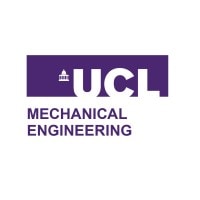
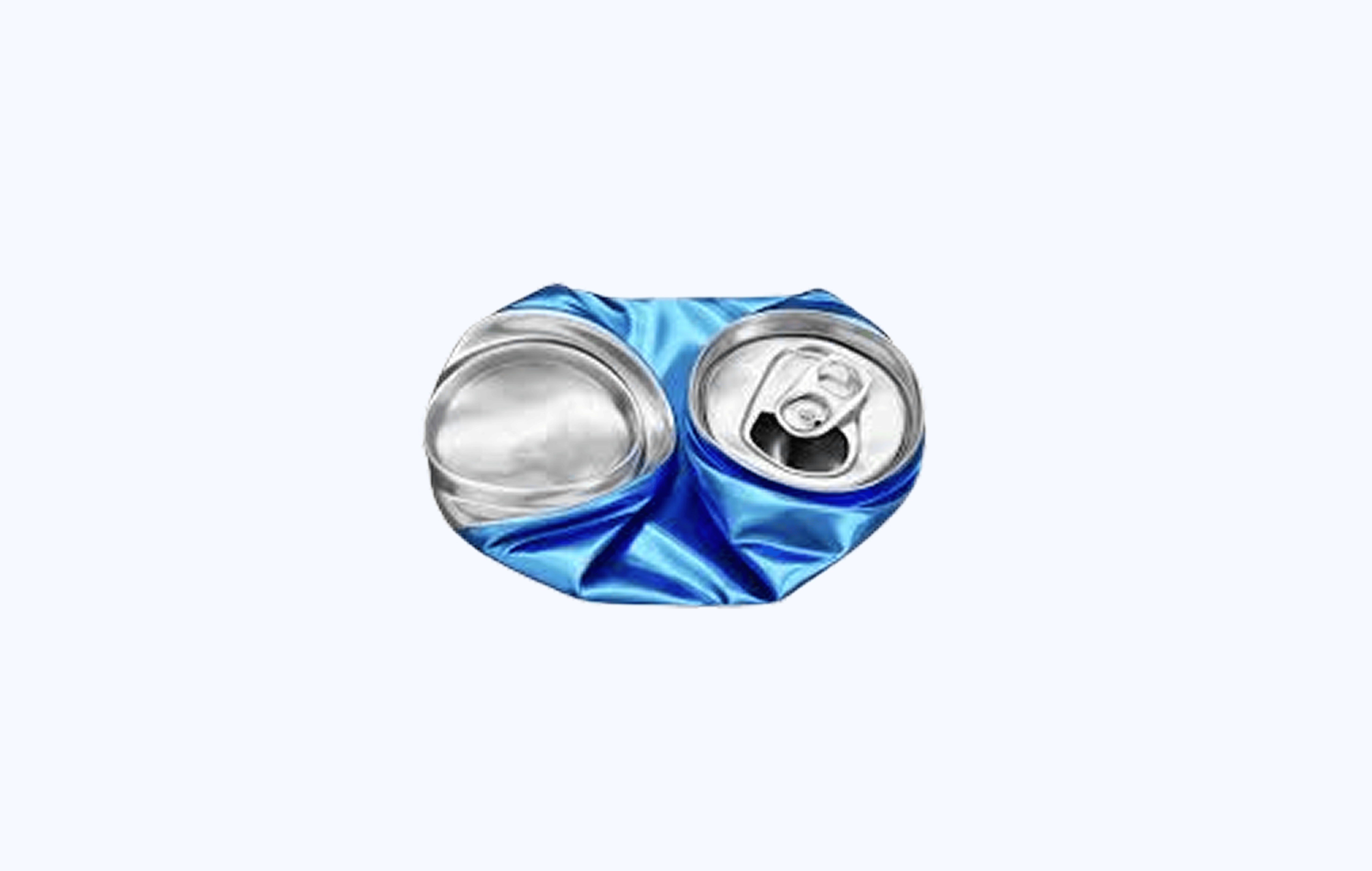
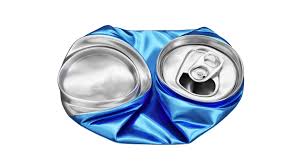

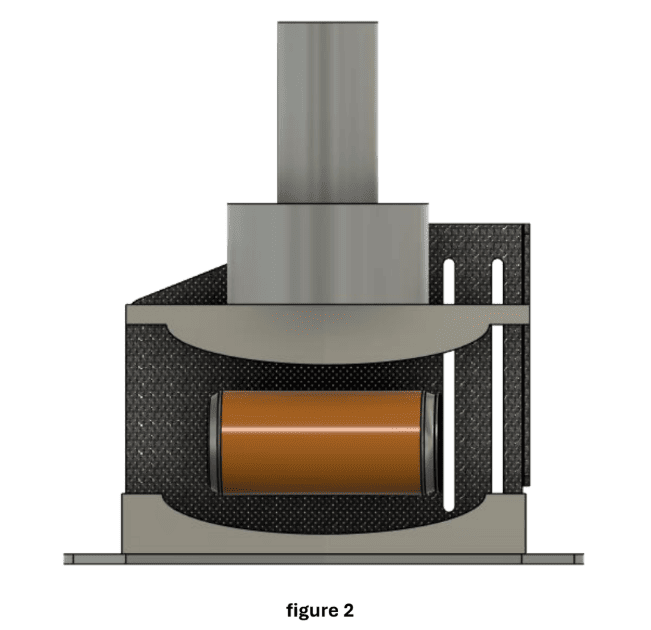

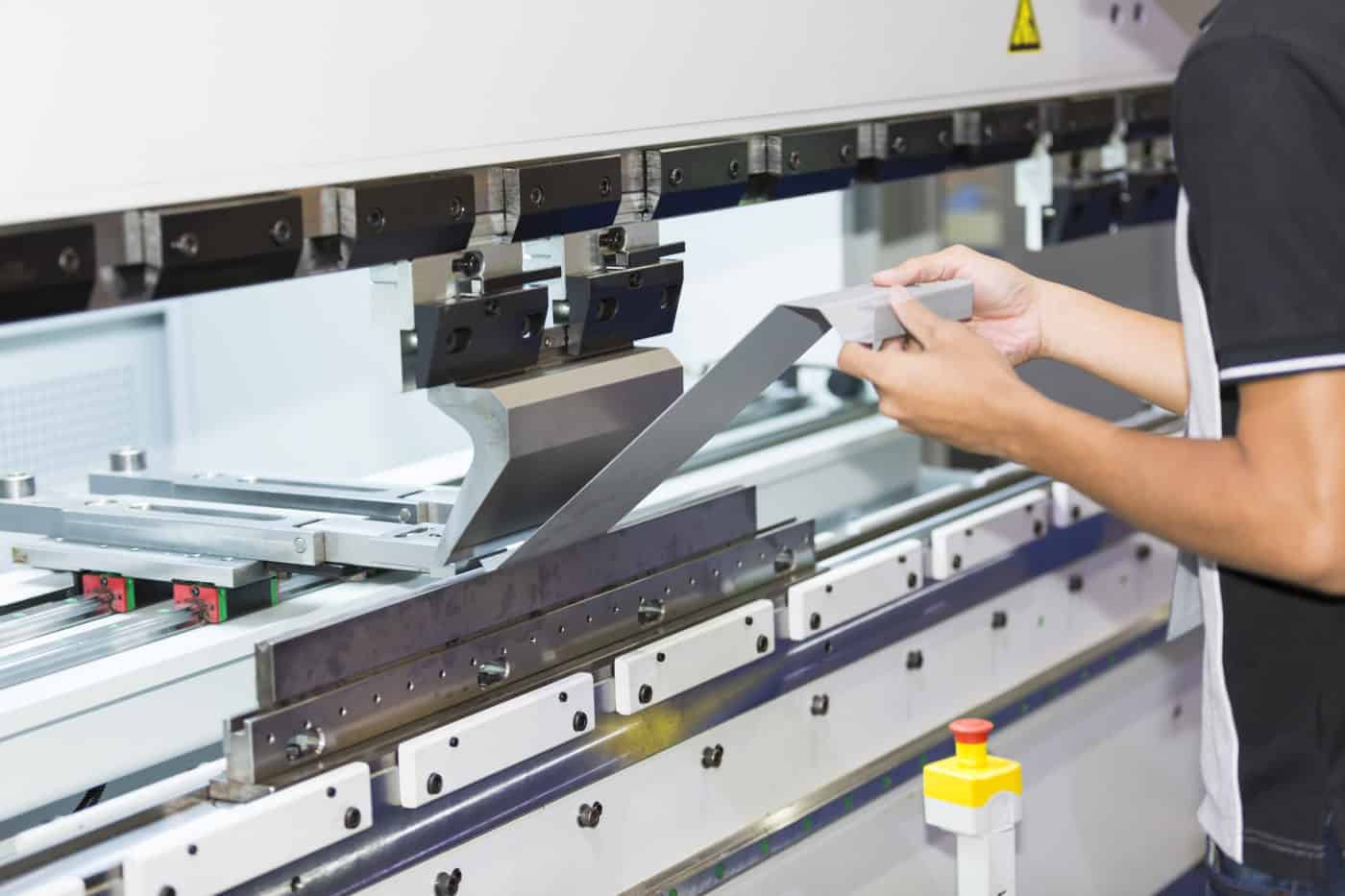

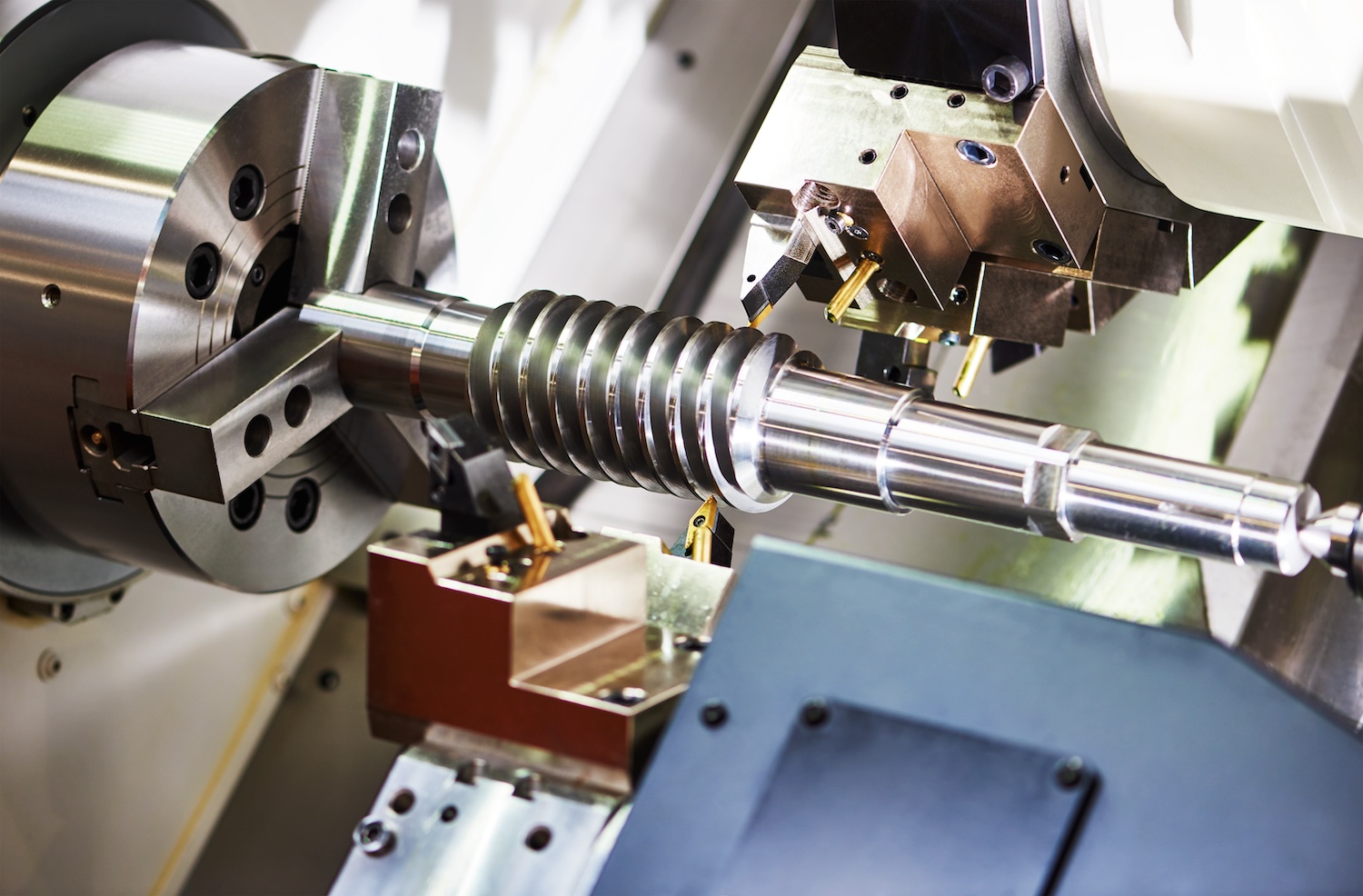
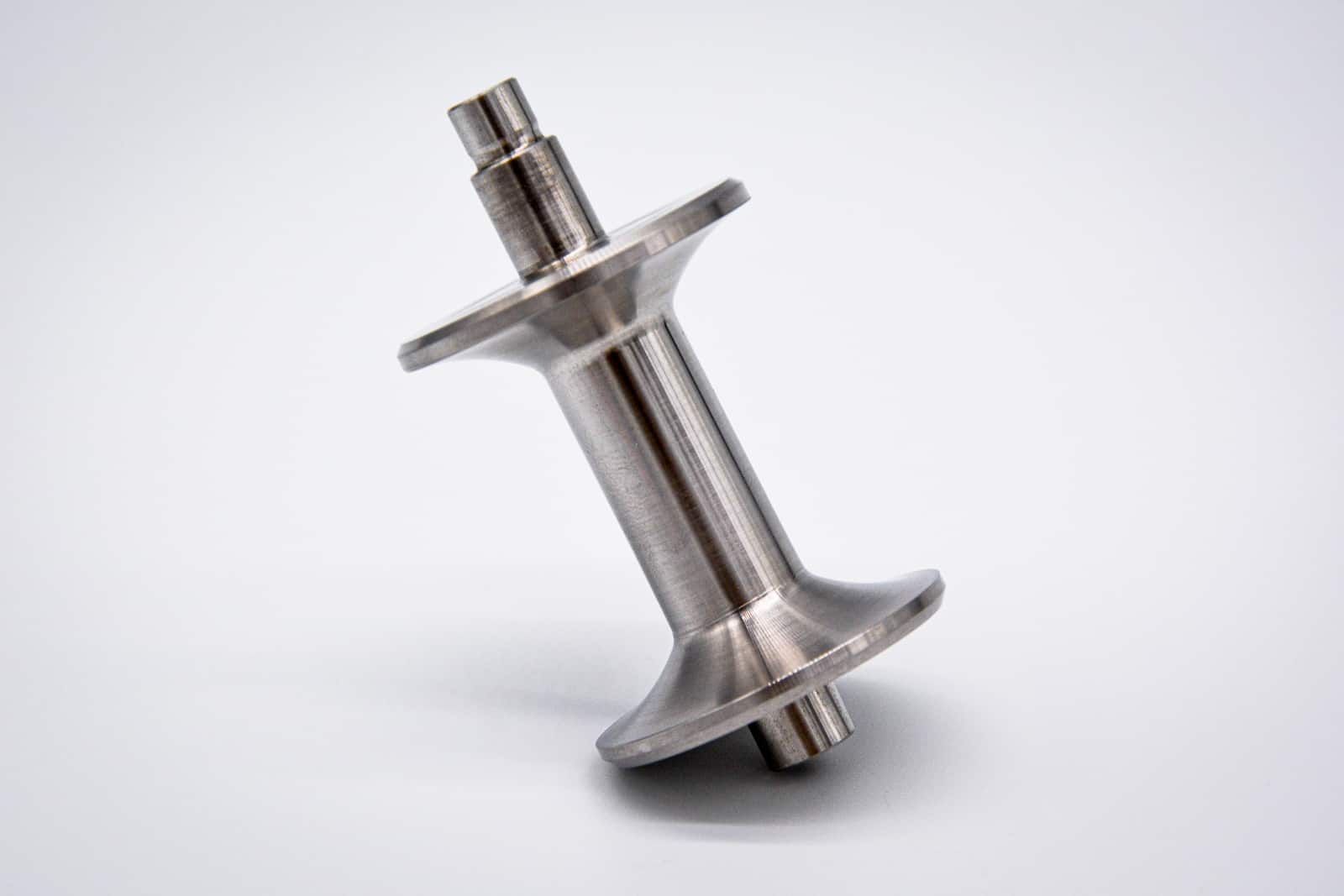

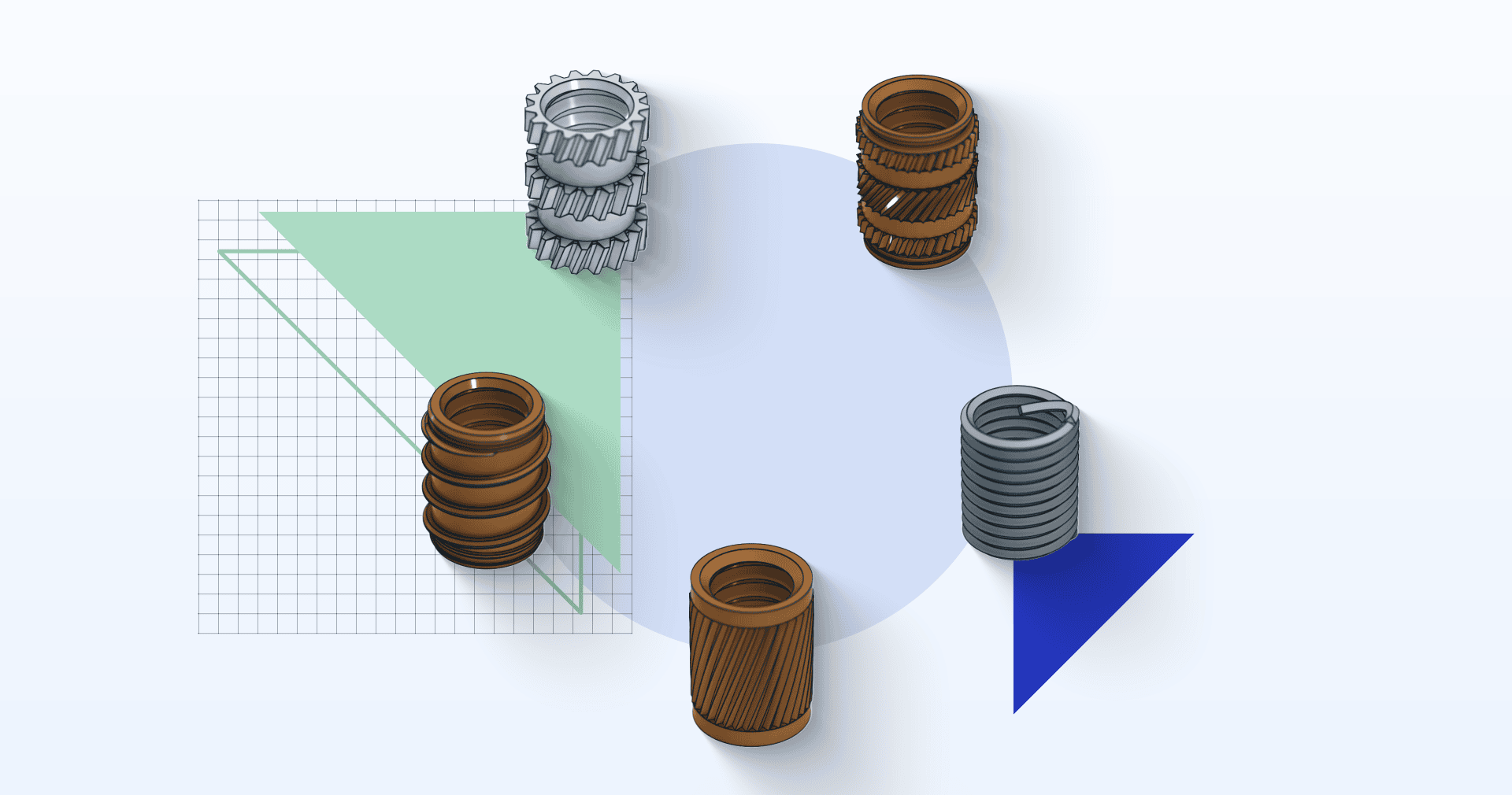


Comment(3)